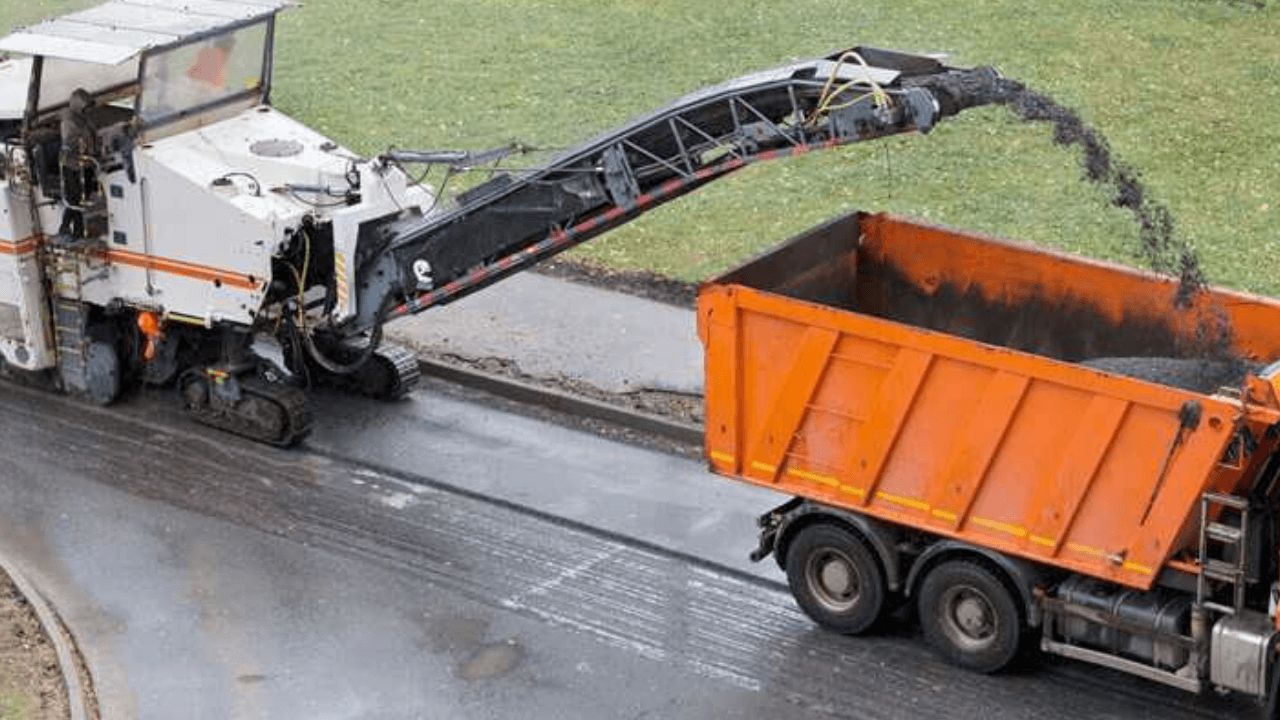In the building and upkeep of roads and pavements, road milling teeth also referred to as asphalt milling teeth or road milling bits are essential instruments. With the help of these specialized cutting tools, repairs, resurfacing, or modifications can be made by removing the existing surface material, whether it be concrete or asphalt. The road surfaces we drive on are shaped in large part by the road milling teeth that are fixed on the revolving drum of milling machines.
The precision of road milling teeth is engineered. Their cutting angles and sharp edges are engineered to effectively remove pavement material layer by layer, guaranteeing precision and uniformity throughout the milling procedure. To meet a range of milling needs, these cutting tools are available in different sizes and shapes. Certain tooth designs such as diamond-tipped teeth for cutting through reinforced concrete, carbide-tipped teeth for harder surfaces, and standard bits for general milling are appropriate for particular applications.
Road milling teeth, also referred to as road milling bits or asphalt milling teeth, are critical components of road milling machines used for putting off vintage layers of asphalt or concrete surfaces at some stage in road creation and restoration tasks. These specialized teeth are designed to efficiently spoil down and dispose of the present pavement, growing a smooth and even floor for avenue resurfacing.
Key Usage of Road Milling Teeth
Right here are the key usages of street milling teeth in road creation and preservation:
Pavement Removal
Street milling teeth are mainly used for disposing of tired or damaged layers of asphalt or concrete pavements. The milling device’s rotating drum, equipped with these teeth, grinds and breaks down the pavement material into small pieces, which can be recycled or disposed of. By removing the old floor, road milling teeth put together the foundation for brand-spanking new asphalt or concrete layers, ensuring a solid and durable avenue floor.
Surface Profiling
All through street creation initiatives, it’s essential to acquire the preferred road surface profile to ensure proper water drainage and car traction. Street milling teeth are used to exactly profile the milled surface in line with the mission specifications. By adjusting the milling machine’s reducing intensity and attitude, operators can create easy avenue surfaces with an appropriate slope and texture, improving street safety and usability.
Remove Road Markings and Paint
Avenue milling teeth are powerful in disposing of road markings, paint, and thermoplastic materials from the pavement surface. Whether it is site visitors’ strains, crosswalks, or different markings, this tooth can grind away the painted surfaces, preparing the road for brand-spanking new markings or making sure of a smooth surface for different roadwork operations.
Developing Rumble Strips
Rumble strips are raised or grooved styles on the road surface designed to alert drivers via vibration and noise, improving safety, mainly on highways and excessive-pace roads. Avenue milling teeth can be used to create those styles on the street surface. Via milling particular sections of the street, those teeth create the necessary indentations, improving road safety by warning drivers of specific situations or upcoming adjustments in the road.
Surface Texturing for Improved Traction
Street milling enamel can be used to texture the street surface, improving traction for vehicles, in particular in wet or slippery situations. With the aid of creating a textured surface, those teeth boost the friction between tires and the road, reducing the danger of accidents, particularly in areas prone to rain or snow. Floor texturing is important for ensuring the safety of drivers and pedestrians on the road.
Sum Up
Street milling enamel is a critical tool in street construction and maintenance, facilitating pavement elimination, floor profiling, removal of street markings, the advent of rumble strips, and floor texturing. Their precision and efficiency contribution extensively to the satisfaction, protection, and toughness of roadways, ensuring easy and comfortable journeys for motorists at the same time as enhancing ordinary road infrastructure.
